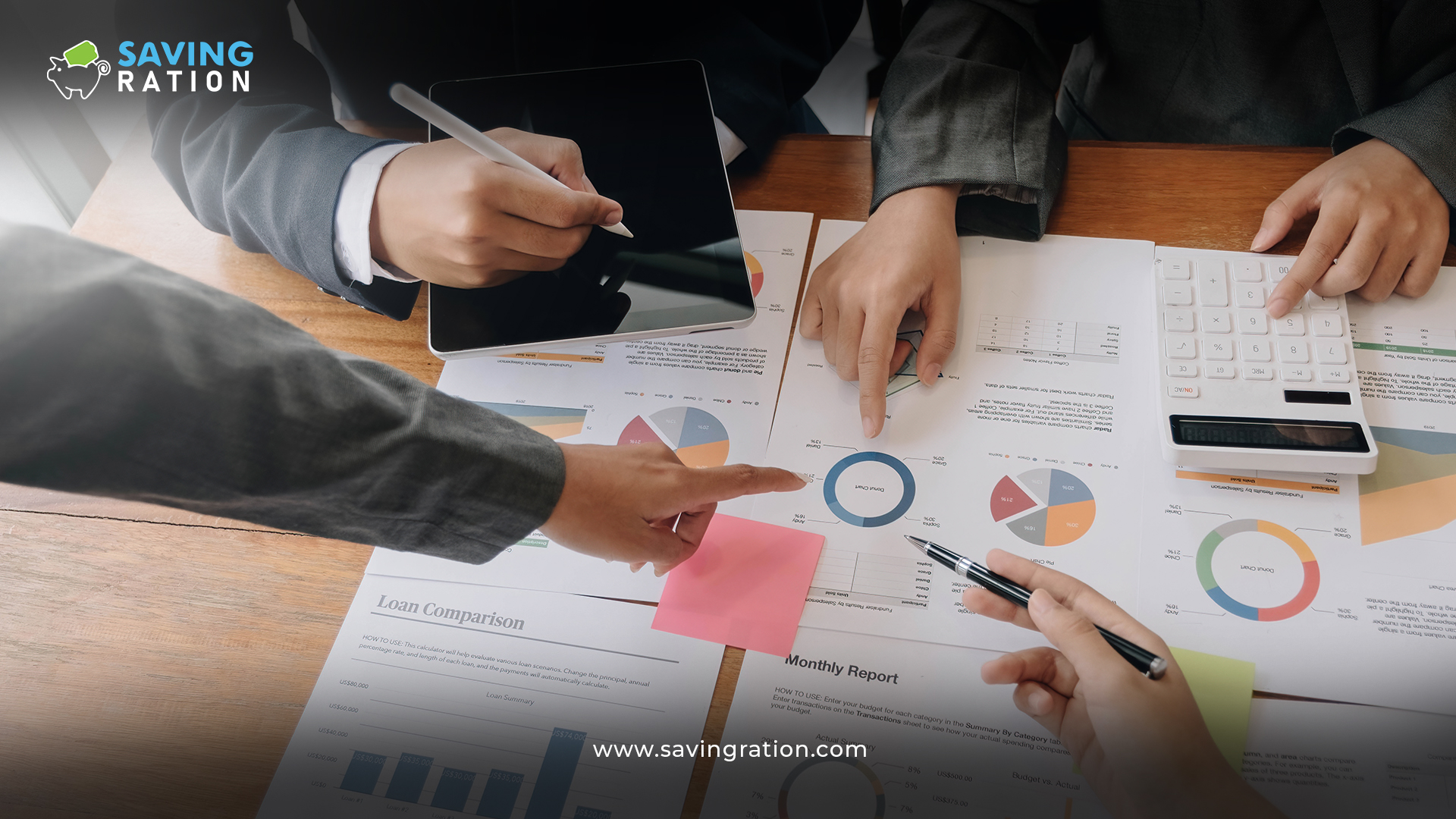
From entertainment expenses to whistleblowing concerns, most businesses have a wealth of data relating to ethics and compliance (E&C), but many businesses do not make best use of it. So how can you maximise the value you get from your E&C data?
In my experience, the necessary data is often already available within a business; the challenge that I’ve seen is that there’s little central collation, cross-checking or filtering of the information flows. This data can range from anything from fraud incidents to conflicts of interest records or suspicious expenses activity.
Take whistleblowing as an example, most companies have a whistleblowing process in place, however many do not use the resulting data to draw out the most valuable insights. Identifying trends or patterns of behaviour and tracking KPIs could help senior management in reporting to the Board, lead to early detection of risks and highlight issues within the business before they grow into serious problems.
The starting point is gathering all relevant data on a single accessible platform. The need to ensure that data is not just collected, but also appropriately evaluated, reported and acted upon is reflected in recent guidance from both the UK Serious Fraud Office (SFO) and US Department of Justice (DoJ).
In line with the latest guidance from the SFO and DoJ, it’s important to update the data more regularly and review it more closely than tends to be the case. An annual review is simply not enough.
Even with these foundations in place, however, large amounts of data can be overwhelming and hard to interpret. One of the most effective ways to overcome this problem is by using dashboard visualisations. These should be user-friendly and bespoke to your company to make data a ‘community asset’ within the company, putting powerful visualisations into the hands of those who have on-the-ground expertise.
By cutting through to what really counts, dashboards make it easier to identify emerging risks. Interactive capabilities allow management to drill down through the data to analyse trends in different parts of the business or track progress in tackling high risk areas, to identify what the driving force is behind the trends.
Combining different data sources and dashboards into one platform adds another dimension. It allows companies to connect multiple datasets in order to draw out insights and parallels between the different data to understand the full picture. For example, does a rise in expenses claimed in one area of the business coincide with reports of fraud in that entity?
The results don’t just help to improve risk monitoring and management, but also determine where and how the E&C programme can be strengthened and enforced.
A strong E&C programme is now a must have. This isn’t just about pressure from regulators and stakeholders to do the right thing, an effective E&C programme boosts your ability to identify and address business risks.
Informative, timely and reliable data is the cornerstone of a well-functioning programme, not just in alerting your business to threats and breaches, but also testing the effectiveness of policies and controls.